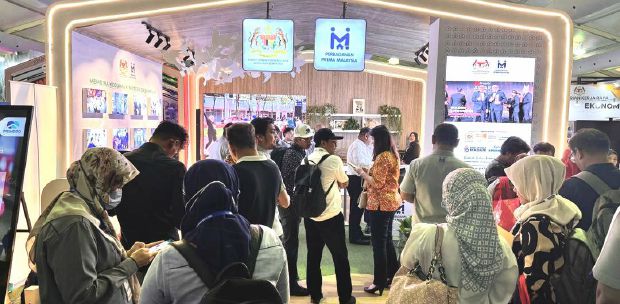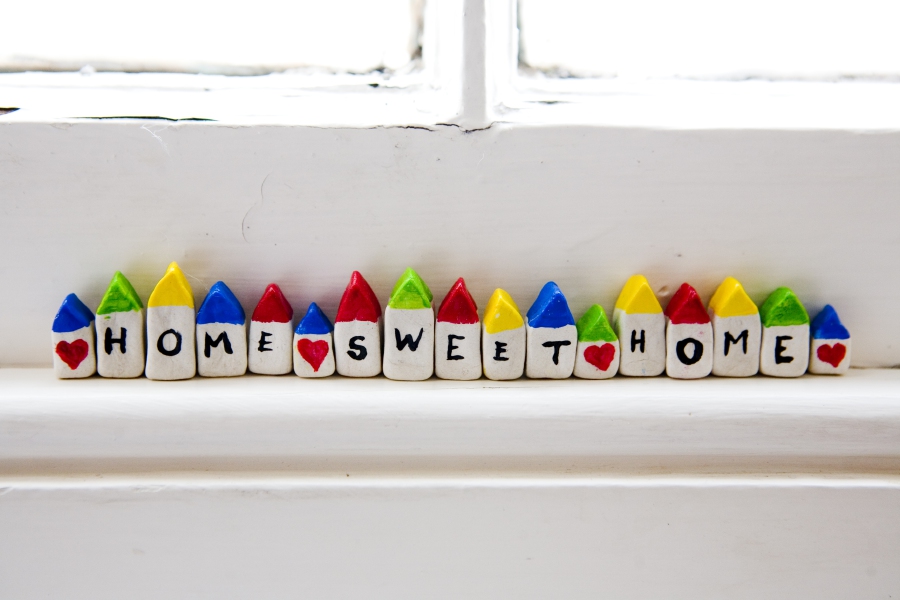
“SELAMAT pagi kak (good morning, sis),” greets the pretty tudung-clad Ikea employee with a wide smile. Returning her sunny greeting, I proceed to make my way up the escalator to the first floor where the cafe is located to wait for my appointment.
It’s still early in the morning but already there’s a steady bustle in the outlet.
Some early birds are tucking into their breakfast while others are sporting the iconic yellow bag on their shoulders ready for their shopping. Sipping on my orange juice contentedly, I while my time watching the morning bustle.
My mind starts to wander. I’m so close to realising my dream of living on my own in a brand new apartment and Ikea is a great place for home/living ideas. But what I like most is the fact that the Swedish furniture giant is also a great champion of sustainable living.
Case in point is their latest initiative — the Sustainable Living project, which ends on Aug 6, and designed to raise awareness on the importance of leading a sustainable lifestyle around the four Ikea sustainability pillars —saving energy, conserving water, reducing and recycling waste, and healthier living.
UP FOR A CHALLENGE?
Certainly, sustainability isn’t an alien concept these days and living sustainably at home is practised by many around the world. For instance, Sweden’s commitment to this cause is exemplary. The country has constantly been on top of the list as the most sustainable country. Sustainability as an agenda is supported at all levels from individual contributions to governmental support of environmental initiatives. In its capital, Stockholm, the materials used on the public transport is 98 per cent recyclable.

Meanwhile, in the city of Augustenborg, 10,000 homes have “green roofs”, which help decrease incidences of flooding as they absorb excess rainwater. Solar panels are also installed on both private and public buildings in the town.
How about our country then?
A recent study by Ikea, based on the data and information by the Energy Commission, Tenaga Nasional Berhad, Syarikat Bekalan Air Selangor and the Department of Statistics Malaysia, shows that on average, air-conditioners and fans contribute towards 44 per cent of electricity consumption while refrigerators use up to 21 per cent. As for water consumption, 26 per cent is being utilised for the toilet while 22 per cent is for washing clothes.
The data is quite worrying. “We believe that many people in this country want to live sustainably, but don’t necessarily know how to do so. This is where we come in, integrating home furnishing and offering solutions that are relevant to the market and customer living situations,” says Ikea Damansara store manager Gerard Jensen.
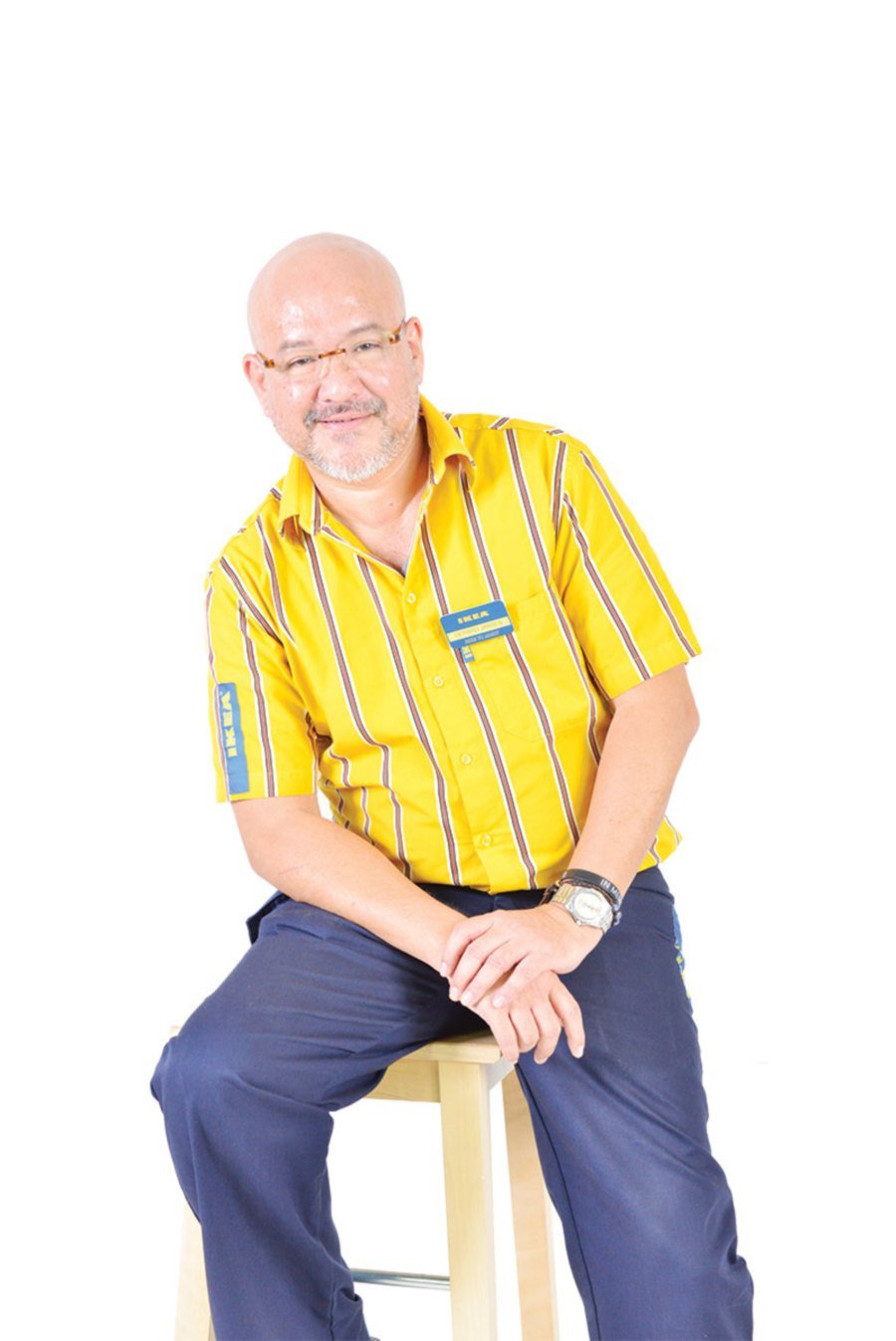
Knowledge, he says, is the first step on our journey towards living more sustainably. And that’s why I’m here at the store today — for a tour through the interior of a 55sq m home that not only showcases home furnishing ideas but also solutions towards sustainable living. The space is a recreation of a home for a family of four, in this case, called the Chan family.
So who are the Chans?
Jensen smiles and says: “The ‘Chans’ are actually a fictional family created to better explain how a family of two adults and
two small children can live sustainably in a 55 sqm home.”
However, throughout the Sustainable Living Project, Ikea will be looking to recruit three real Malaysian families who are up for the challenge of living more sustainably at home. Those interested can register at Ikea.my/sustainable-living.
HEART OF EVERY HOME
“I want you to think of this home as your home. Maybe after this tour, it will give you some ideas on how you can start living sustainably as well,” begins Sheila Ibrahim, the sustainability manager for Ikea Damansara as I follow her closely to the living room.
There’s a light grey modular sofa with storage placed in the centre of the room. “This item can be customised according to your needs. If you have limited space, just get two. If you have a big family, you can get more. Also, if one part gets damaged or worn, you can recover or replace one module rather than buying a whole new sofa,” explains Sheila as she lifts the seat to reveal the storage compartment underneath.
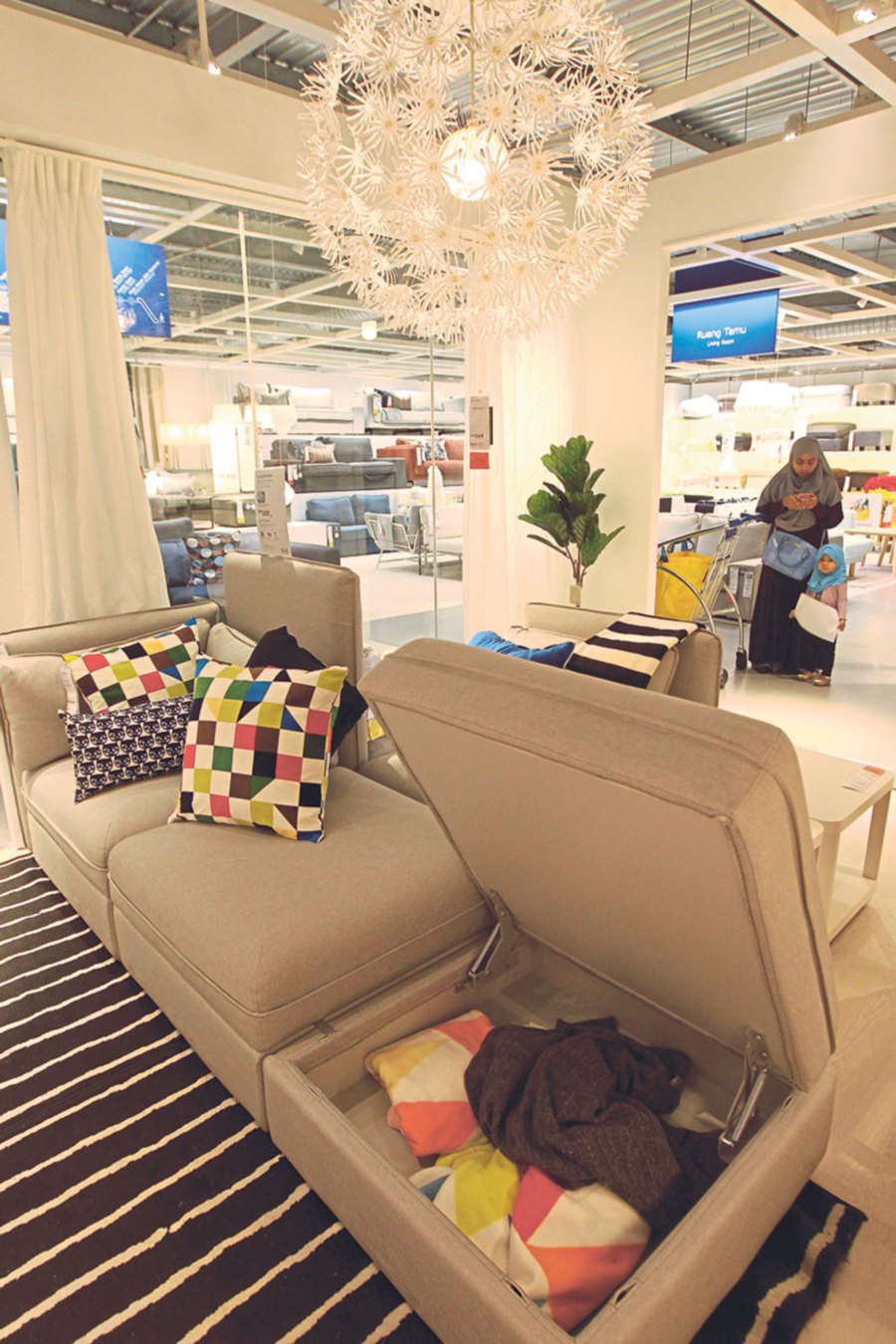
Just above the sofa is a big pendant lamp, which resembles a dandelion dangling from the ceiling. “Look at the lighting. This family uses LED light bulbs in their home as these bulbs use 85 per cent less energy than incandescent bulbs. They also last longer.” By using a LED bulb, Sheila says, as much as RM2.08 in electricity bill can be saved per bulb.
Another energy-saving measure is through the right choice of appliances such as air-conditioners, refrigerators, washing machine and television. Newer models of these appliances usually come with an energy-saving mode.
“Speaking of washing machines, you can save energy by not using the dryer. You should hang your clothes to dry instead,” advises Sheila, as she shows me the foldable hanging rack in the utility room.

HEALTHY LIVING
Moving on, we head for the master bedroom. Warm and inviting, the clean white cotton bedsheet under the soft and fluffy white pillows spells comfort. Good mattresses and bed covers are important for healthy living and there are many textiles that are made from sustainable sources out there.
It’s a rather tight space in the bedroom with the queen size bed taking up most of the space but it’s neat and well-organised with plenty of storage options. The bed frame has an extra function — a rail that can be used to hang items for the next day or to air out articles of clothing that have been lightly worn.
Saving water is another example of sustainable practice. We may not realise how much water we waste by washing dishes under running water or by allowing water to drip through a small leak in the pipe. The solutions for this are simple — fix the leak and change the tap to water-efficient ones.
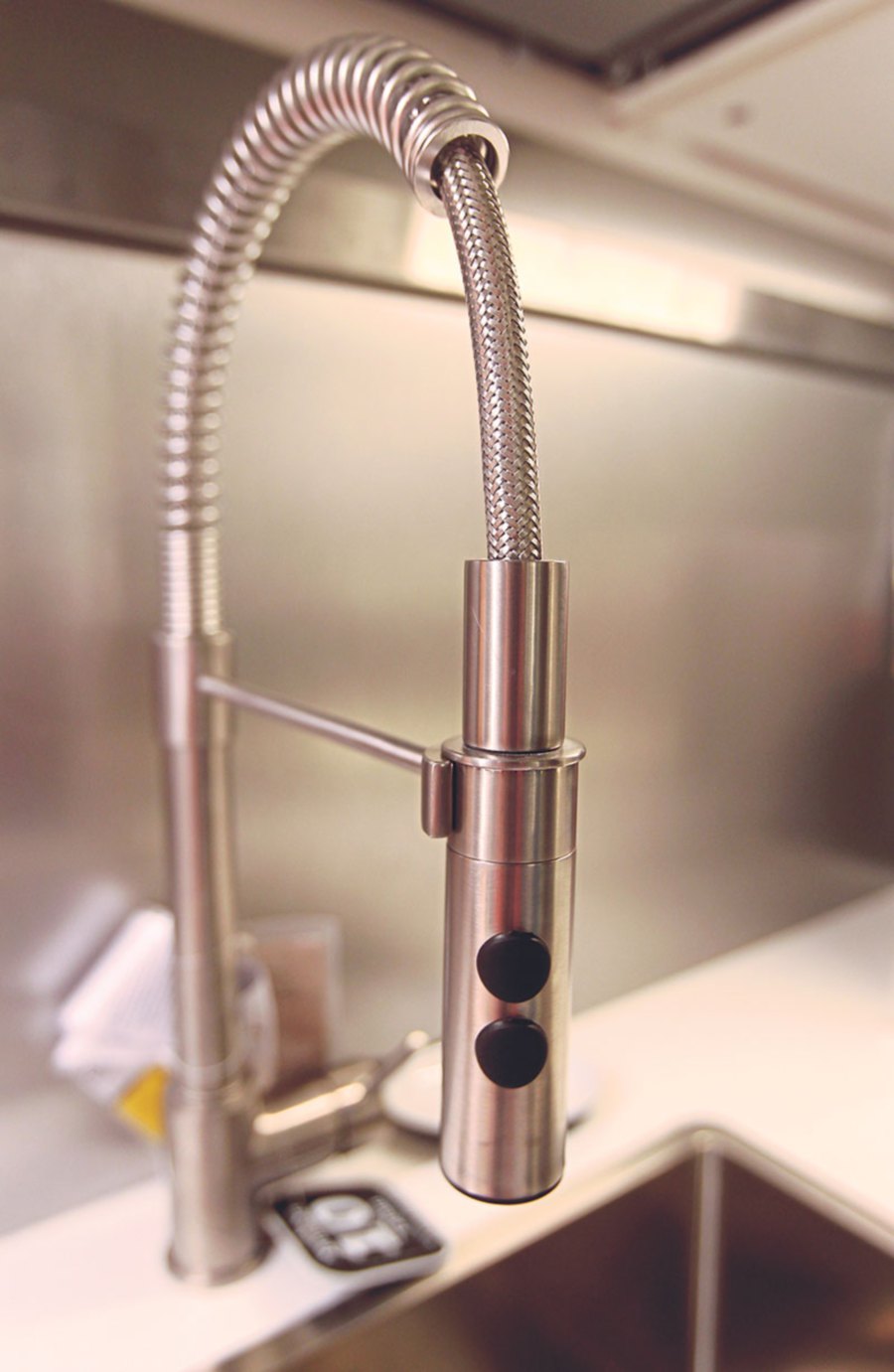
What about waste management? Last year, waste segregation enforcement was implemented in some States. It’s compulsory for residents to separate their solid wastes according to categories such as paper, plastics and others or face fines between RM50 and RM500. The programme, which has received positive feedback from the public, affects those living in Putrajaya and Kuala Lumpur, Johor, Malacca, Negri Sembilan, Kedah, Perlis and Pahang.
If we’re living in an apartment, we can do our part as well by using waste sorting bins. Don’t want your kitchen to look unpleasant with the sight of the bins? Try organising them in the cabinet drawer instead.

GOOD INVESTMENT
Clearly, there are solutions on how to live sustainably but the real question is, do I need to spend more now?
“Well, some people have the misconception that sustainable living requires you to spend more, make radical life changes and compromise on the styling of your homes. Actually, sustainable living can fit into your lifestyle and is simple to implement. And it’s a good investment in the long run,” assures Jensen, adding that there’s no time like the present to start making a difference in the way we live at home.

As we reach the end of the tour, Sheila concludes: “Don’t think of our products as just products but rather solutions towards sustainable living.”
Details at www.ikea.com/ms/en_MY/campaigns/sustainable-living/


